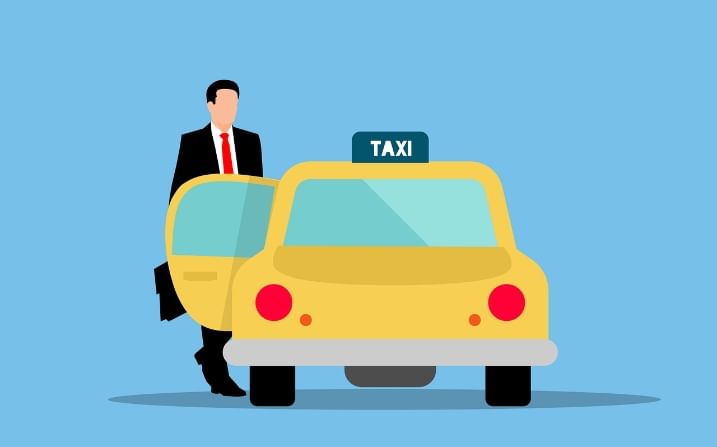Cab-hailing segment at 63% of pre-Covid levels: Report
This segment was catering to nearly 113 million in January 2020, before the first lockdown. Now, post covid-19 more than 71 Million rides are recorded in January 2021.

The Indian cab-hailing segment was hit hard due to lockdown restrictions and encountered massive challenges.
But it is back on the road to recovery, according to a Redseer report. The consultancy firm noted that the segment has recovered nearly 63% from the pre-Covid level, with more than 71 million rides to its bucket in January 2021. It was catering to nearly 113 million rides in January 2020, before the Indian government announced the first lockdown.
“With 71 million rides, the sector has recovered 63% but is still lesser compared to 113 million rides in the pre-Covid days. All the segments have shown gradual recovery with normalcy and unlock resuming,” said Sanjay Kothari, engagement manager, RedSeer.
Offices resumed working after the upliftment of lockdowns in various stages but the significant drop in usages of these cab services remained the same as low due to fear of hitting covid-19 and also many offices began remote work culture and most of the educational and other places closed for months.
The pandemic forced ride-hailing platforms like Uber and Ola to put a sudden brake on their plans, including significantly reducing their workforce. “However, with things starting up, mobility has been on the recovery phase for the last few months now,” Kothari added.
Among all the segments, autos and bike taxis have recovered the highest, clocking 23 million rides and 12 million rides, respectively. Metros continue to recover faster than non-metros.
“However, it has still not recovered completely as compared to the pre-Covid days. The trend is inevitable as autos and bike taxis lower the risk of contracting the virus as per the medical research,” Kothari added.
Kolkata has witnessed the highest recovery so far with more than 80%, while Mumbai and Delhi are second with over 50%. Pune has seen high (month-on-month) growth due to the low base of the number of bookings. Mobility operations are gradually resuming in the rest of the country.
“As cities return to normalcy, the sector will see a gradual recovery as the main segment that is the working professionals continue remote work,” the report mentioned.

